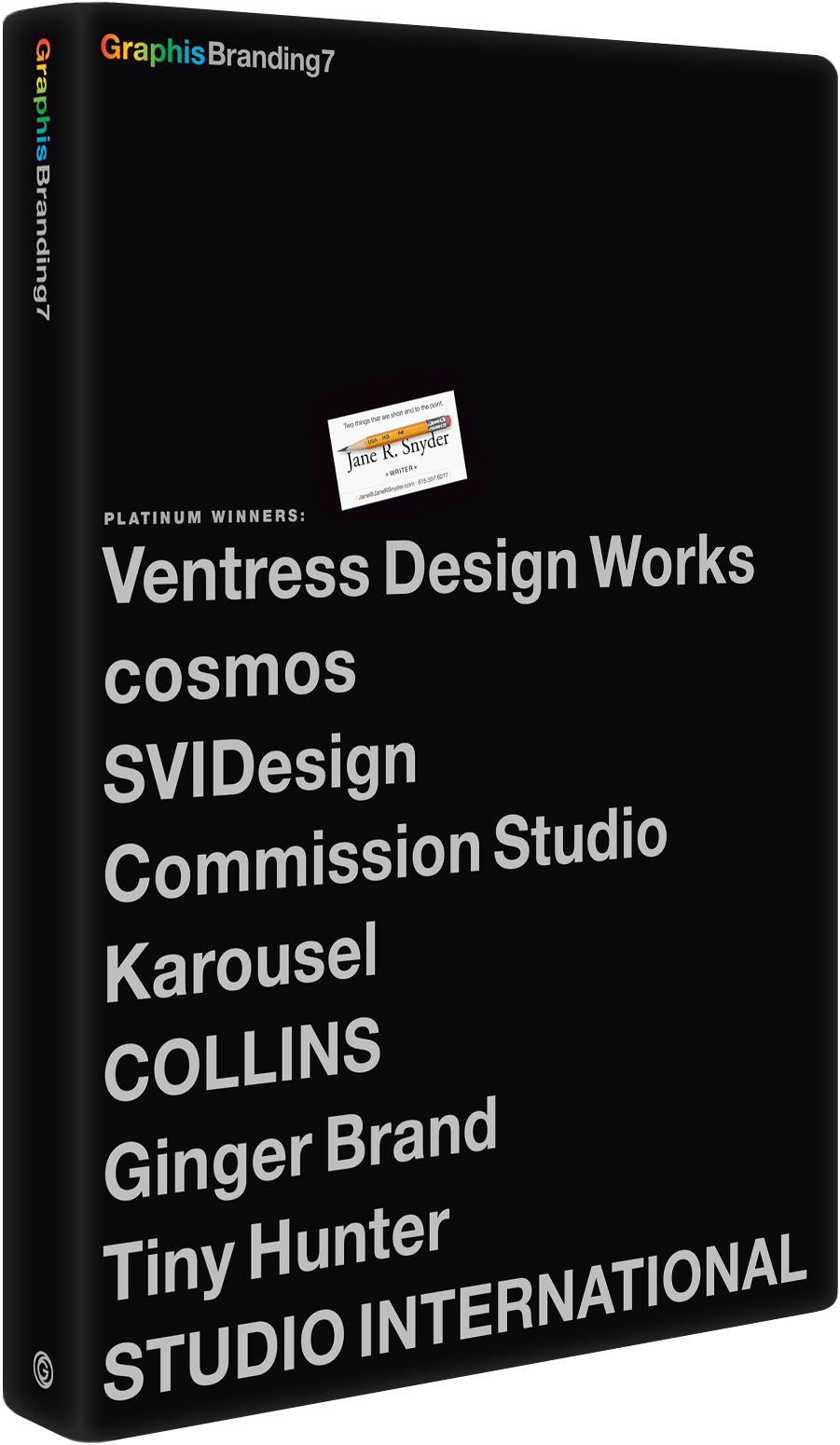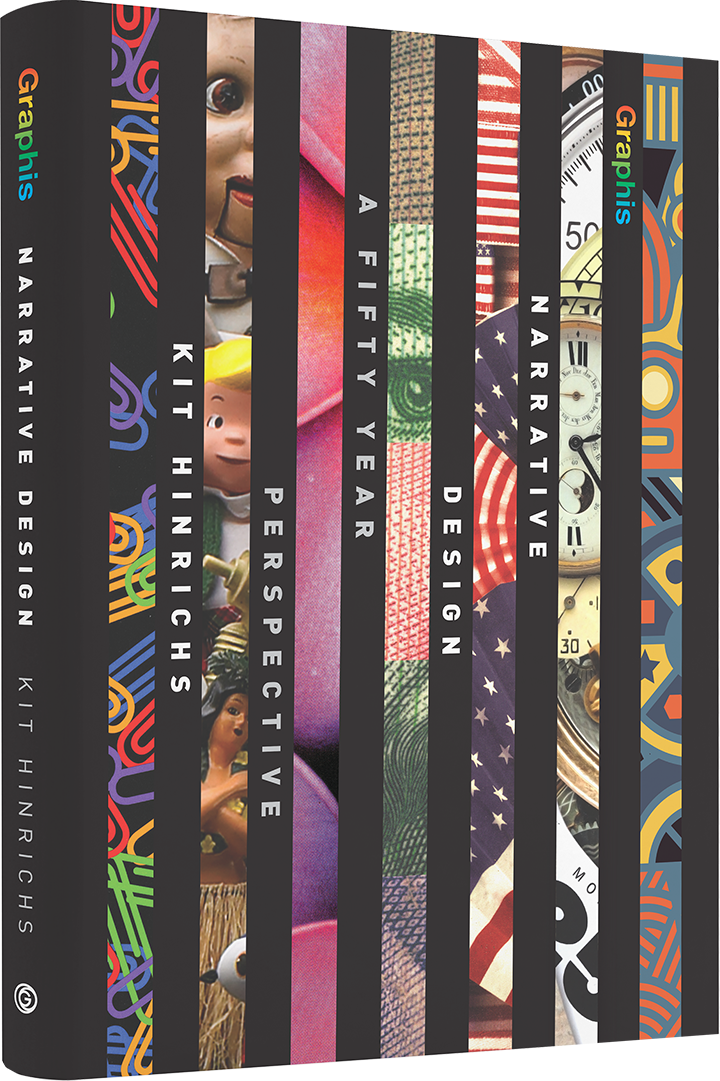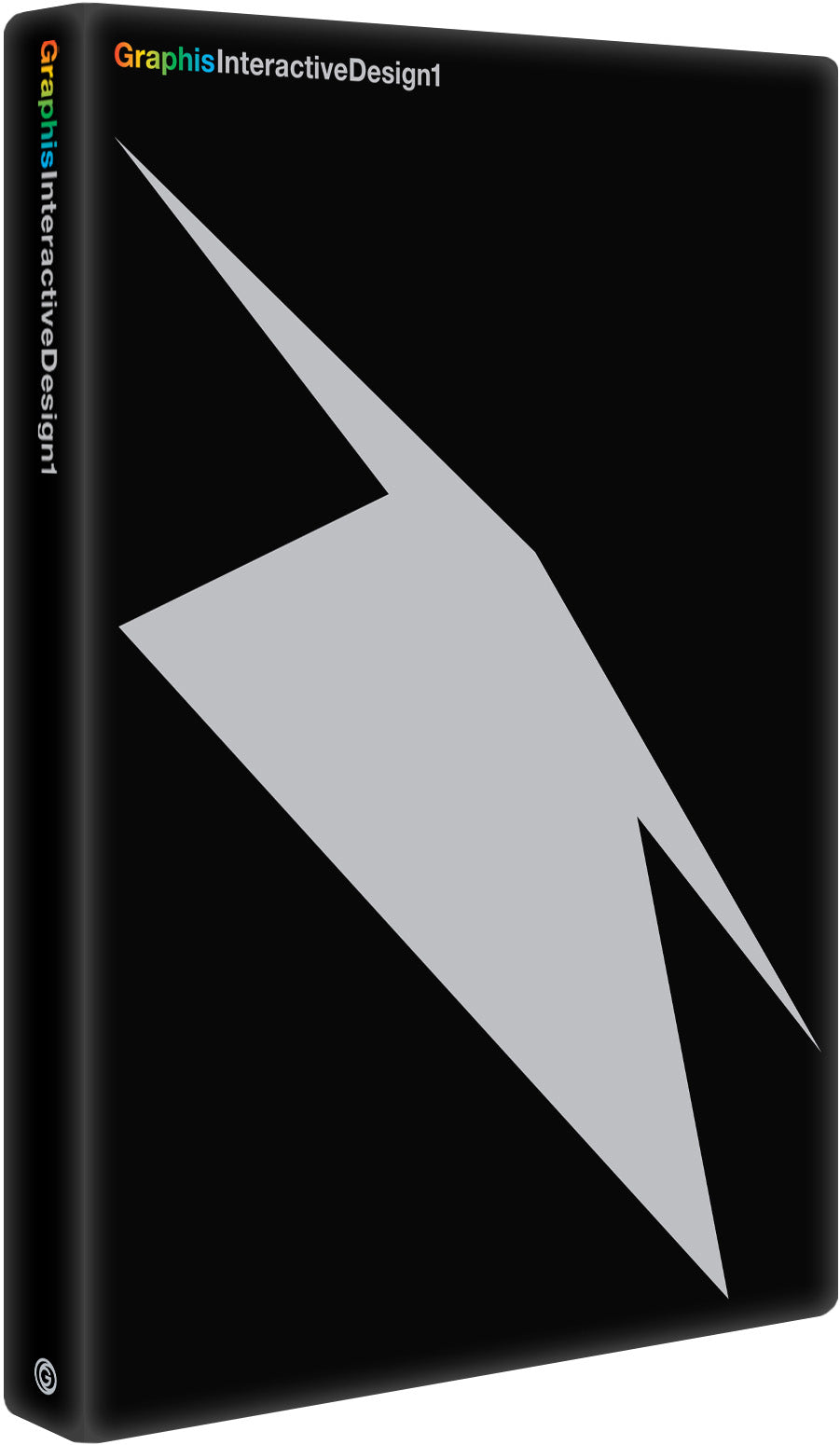How Algae Became the New Star of Eco-Surfboard Design
When Jérémy Lucas found himself sick in bed after swimming in algae-choked waters, he saw an opportunity to clean up the hazard and use a material with untapped potential. Having already worked with plant-based plastics in 3D printing, he realized that the algae causing so much trouble could be transformed into something useful. That lightbulb moment led to the creation of 3D-printed surfboards made from algae, blending sustainability and innovation into an eco-friendly product with cutting-edge design, and the result is nothing short of revolutionary.
Written by Maxim Sorokopud
Many entrepreneurs have used the expression, “When life gives you lemons, make lemonade,” to create exciting products. Few have applied this philosophy as literally as Paradoxal Surfboards’s founder, Jérémy Lucas, who is converting algae into surfboards via 3D printing.
When discussing design, it’s easy to state how curves, colors, and composition convey a specific feel. What’s often harder to elaborate on is the ethos behind these physical characteristics. Luckily, with the 3D-printed algae surfboard, the concept is as clear as the product itself. After all, surfing and the hippie-esque eco-conscious spirit often go hand-in-hand.
Frequently, this lifestyle gets conflated with delusionalism. Paradoxal Surfboards shows that this is, in many cases, a misconception. No one can realistically claim that the 3D-printed algae surfboard is the product of a deluded mind. Instead, it’s an incredibly innovative solution that the company’s founder formulated after conducting significant work on biodiversity, ocean preservation, and 3D printing practicalities.

However, the circumstances surrounding Jérémy Lucas’s lightbulb moment did involve one delusional action. Jérémy admits that the idea first emerged after ignoring the prohibition of swimming at Ris Beach in Douarnenez due to an abundance of green algae. As a result, he spent the next two days ill in bed. During this recovery, the idea came to him. He had previously used plant-based plastic in 3D printing and realized that the algae itself could be adapted for the same purpose, removing the hazard and putting it to good use as a material. Essentially, the problem could also be the solution! Like many of the best ideas, it seems so obvious in hindsight.
And, as it’s plain to see, the surfboard’s appearance is also arresting. Its translucency certainly makes it stand apart from competing products. Many designers will also have ascertained that the inner product’s circular honeycomb pattern is utilized to optimize strength while keeping production costs low. This practical element undeniably also gives the board a pleasing aesthetic. Jérémy states that a microscopic image of a diatom algae provided this inspiration. Yet it’s easy to imagine that these circles also serve as an expression of the board’s overall essence. The act of removing algae, a pollutant, from the environment has resulted in the prevention of the pollution that goes into the production of a conventional surfboard. This using-the-planet-to-save-the-planet approach can definitely be said to be circular. It’s precisely the sort of thing that many customers are likely to ponder while using one of these surfboards in the ocean as they wait for the next good wave.
Growing up on the south coast of Britain, I distinctly remember an instance when my father’s friend criticized magazine surfboard reviews as a concept because “How much variation can you have in a board?” This highlights why the 3D-printed algae surfboard is incredibly inspiring. These boards prove that there is plenty of room for innovation, and the solutions can literally be floating right in front of you!
Jérémy Lucas founded Paradoxal Surfboards after he had had careers focused on both the preservation of biodiversity and 3D printing. An unfortunate personal incident later inspired Lucas to make 3D-printed surfboards by refining an abundant material that would otherwise be hazardous: algae.
Social: Instagram, Facebook, LinkedIn
To discover other products in issue #382 of The Graphis Journal, click here.
You may also like
Dong Hyun Kim Infuses Typography and Form into the Pulse of New York
New York–based graphic designer Dong Hyun Kim brings a fresh, modern voice to classic design principles in…
Read MoreFlowing Forms, Powerful Letters in Gravdahl’s Poster
John Gravdahl, Graphis Poster Awards 2026 gold winner, transforms typography and materials into compelling visual experiences, where…
Read More
Related Annuals & Publications
View AllBecome a Graphis Member
- 1-Year Membership Subscription
- Enjoy 50% off on Call for Entries
- 1-Year FREE Subscription to Graphis Journal
- Your Portfolio online with profile + links
- Get 20% off on Graphis Books








